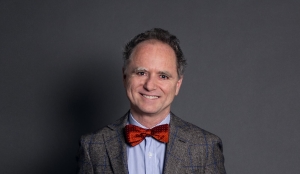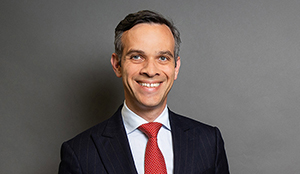Potential Broadcasting Equipment Ownership: CJEU's Latest Ruling on Communication to the Public Right
The CJEU has ruled that mere installation and ownership of equipment for the subsequent potential broadcasting of copyrighted content may not always be an act of communication to the public.
The right of communication to the public is one of the most important exclusive rights under copyright and related rights. Over time, the Court of Justice of the European Union (CJEU) has issued several rulings concerning the right under Article 3 of the InfoSoc Directive (Directive 2001/29) and Article 8(2) of the Rental and Lending Rights Directive (Directive 2006/116), insisting on the need for a broad interpretation thereof.
Last week, the CJEU issued a judgment (C 775/21 and C 826/21, Blue Air and UPFR) specifically concerning operators of planes and trains, which might have substantial implications for both rightholders and users of copyrighted content.
In brief, the Court ruled that, while the broadcasting of copyrighted content qualifies as an act of communication to the public (with the result that a licence is required from relevant rightholders), the mere installation and ownership of equipment for the subsequent, potential broadcasting of copyrighted content may not always be a communication to the public.
Put otherwise, the installation of facilities for the subsequent undertaking of acts of communication is, in principle, a communication to the public, but this is not necessarily the case each and every time. The Court added that a presumption to the contrary would be against EU law.
Such a conclusion on the side of the Court might signal a departure from the so far consolidated approach according to which the mere provision of physical facilities for the subsequent broadcasting of copyrighted content does not qualify as an act of communication to the public, but the installation thereof does. For example, it has been long established that hotel operators installing TV sets in their hotel rooms need to obtain licences from relevant collecting societies for the subsequent broadcasting of TV programmes.
In practice, last week’s judgment might imply that rightholders and their collecting societies may no longer be in a position to always request to conclude licences for the subsequent broadcasting of copyrighted content – whether it is audio-visual or musical content – simply because users have installed equipment allowing in principle for that. As stated, all this is without prejudice to the circumstance that the broadcasting of copyrighted content would qualify as an act of communication to the public.
It will be important to assess the broader implications of the CJEU judgment and determine its potential scope and relationship to long-standing CJEU case law, including having regard to the need for and/or terms of existing and future copyright licences.





